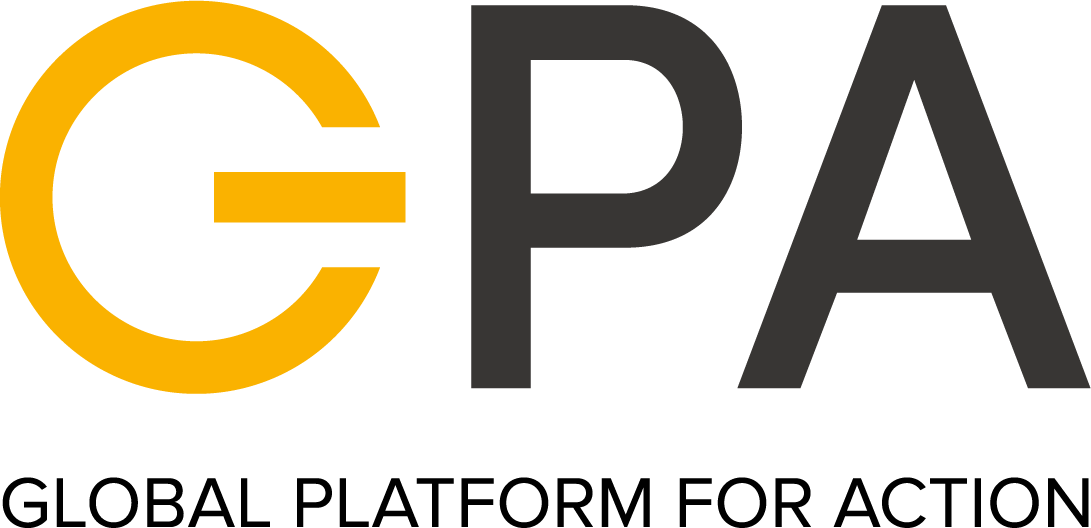In this section
In this sectionIt’s 3 am in Cox’s Bazar as you blink your eyes awake, slip out of bed, and untie the rope securing your tarpaulin door. Outside, the night is still, stiflingly humid, and dark. You look across the camp to the nearby WASH facility, some 500m away, illuminated by bright LED lighting. The path that winds its way up to the toilets is less well lit; the poles of 20 streetlights line the way, but only a couple of them throw down their bright white cones of light, little islands of illumination over a black sea.
Your hand moves up to grasp your solar lantern hanging nearby from the bamboo rafters, but suddenly you recall stories from neighbours and friends about recent late-night attacks: other young women set upon and shamed whilst making similar journeys. Might your solar lantern guide your way, or be a beacon for predators? You decide secrecy is your safest option and set out quietly along the way.
Halfway along the journey, you come to the first halo of light from a working streetlight, which casts an isolated circle on the ground. Another decision to be made. Whose eyes might be watching silently from the shadows? ‘Better to be safe than sorry, ’ you tell yourself, stepping off the path to skirt around the light’s edge, hoping that your presence continues to go unnoticed.
The following case study examines solar streetlighting in Cox’s Bazar, Bangladesh. It focuses on why fewer than half of the 23,000 installed streetlights are fully operational. It also highlights key insights gained over the eight years since their initial deployment. This case study is one of seven featured in the forthcoming report “Course Corrections: Learning from the Past to Design for the Future”, which aims to improve effectiveness and efficiency in humanitarian energy interventions.
Author: Ronan Ferguson, Director, SDG7 Consulting
Read the full blog here
This blog previews the Course Corrections: Improving Effectiveness and Efficiency in Humanitarian Energy Learning from the Past to Design for the Future Report, commissioned by Innovation Norway’s Humanitarian Innovation Programme (HIP Norway) and the Global Platform for Action on Sustainable Energy in Displacement Settings (GPA), two entities at the forefront of advancing sustainable energy access in humanitarian contexts.
Last updated: 01/12/2025

